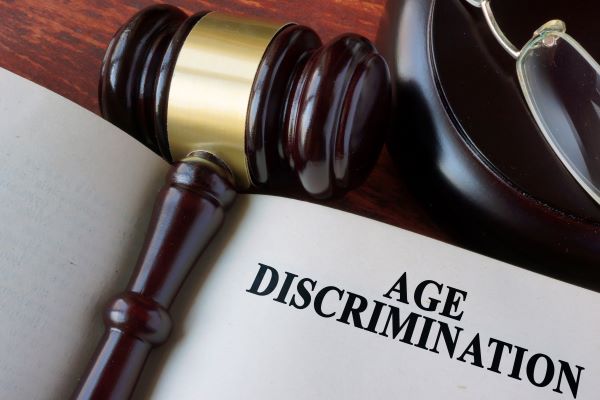In most cases, guardianship conjures up images of a child in the care of an…

The Sad Reality of Age Discrimination in the Workplace
Since the 1960’s lawmakers have been working on tackling age discrimination in the workplace, but it remains a challenge. According to study.com, age discrimination is defined as “the practice of letting a person’s age unfairly become a factor when deciding who receives a new job, promotion, or other job benefits. Decisions about terminating employees also cannot be solely based on their age.” Age discrimination is illegal and there are laws to protect people from it.
The Law
The Age Discrimination in Employment Act (ADEA) is the federal law that protects job applicants and workers over the age of 40 from age discrimination. There are a few exceptions of groups that are not included in the ADEA. These include elected officials, military personnel, and independent contractors. The law applies to employers with at least 20 employees or labor organizations with at least 25 members. It also applies to employment agencies, the federal government, and state and local government. Along with the ADEA, all states have laws that protect workers against age discrimination, and in most cases, these laws are more stringent than the federal law.
ADEA Protection
Under the ADEA, employers are prohibited from using age considerations in hiring, firing, layoffs, demotions, or promotions. In addition, there are several things employers cannot do. Employers may not mention specific age requirements or preferences when placing ads for jobs or recruiting employees. Employees may not be forced to retire at a certain age except in certain limited cases. Age limits cannot be set or specified for training programs and employers may not retaliate against employees that file age discrimination charges.
In addition, employers who provide benefits must provide those opportunities for all employees, regardless of age. However, with benefits that increase in cost with age, employers may provide the same amount of cost assistance for all employees regardless of cost or age.
Identifying Age Discrimination
Age discrimination can take many forms. Age-related comments or speaking to older employees in a demeaning manner can become harassment due to age. Harassment based on age is a tactic employers may use in an effort to get older employees to quit rather than firing them when they are deemed too old. When a company has a track record of hiring only younger people, this may be a sign of age discrimination. Getting turned down for a promotion that is then given to a younger, less qualified person or being overlooked for challenging work assignments can be signs of age discrimination. If an employer encourages or forces an employee into retirement, this is age discrimination. Oftentimes age discrimination may come in the form of being left out or isolated. Unfair disciplinary action can also be a tactic used to discriminate against older employees. If an employee suspects that he or she is being discriminated against because of age, these indicators may help in deciding if a claim needs to be filed.
Filing a Claim
Any employee has the right to file a claim if they feel they are being discriminated against because of age. If an employee wishes to pursue a claim, they must first file an administrative claim with the federal Equal Employment Opportunity Commission (EEOC). The EEOC will then contact the employer and investigate the claim. If the EEOC deems the claim to have merit, they will issue a right-to-sue notice. Then, the employee is allowed to file suit against the employer. Claims must be filed within 90 days of the EEOC’s notice. With the various rules and requirements of this process, it is important to have competent and timely legal advice.
If you have any questions about something you have read or would like additional information, please feel free to contact us. Please contact us today at (570) 288-1800 to schedule a free consultation to discuss your legal matters.



